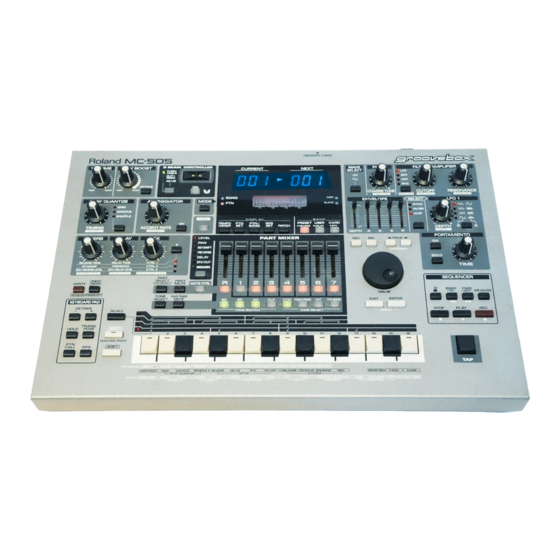
Roland Groovebox MC-505 Owner's Manual
High-perfomance synthesizer sound generator
Hide thumbs
Also See for Groovebox MC-505:
- Quick start manual (68 pages) ,
- Service notes (25 pages) ,
- Install manual (21 pages)
Table of Contents
Advertisement
Quick Links
Download this manual
See also:
Service Notes
Advertisement
Table of Contents










Need help?
Do you have a question about the Groovebox MC-505 and is the answer not in the manual?
Questions and answers